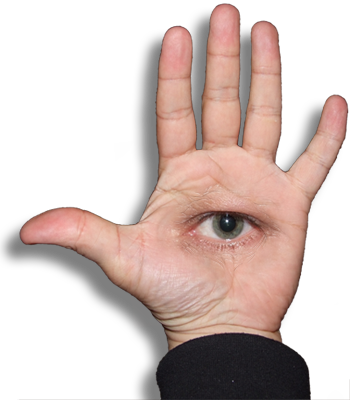Tree Plain Man
Linocut, 107x147mm
The final print was done on Fabriano Tiepolo paper, which is a smooth-surfaced 290gsm stock, very well suited for printmaking.
If you compare this one with the test print below, which was done on ordinary desktop printer paper, you can see how much better the Fabriano paper takes up the ink.
 |
| Blind Stamping |
I've included my seal stamp by Blind Stamping, in which the block is impressed into the paper without any ink.
It's different from watermarking, which you can also see an example of in the bottom right: a watermark is laid into the mesh that the wet pulp is laid on to make the sheet, and the resulting pattern shows in the finished paper.
Tree Plain Man test print
(90gsm printer paper)
I've experimented with the blocks a bit in this one.
The key block (the outlines) is in no way unusual. It was printed in burnt sienna.
The background (the sky and plane) had the foreground silhouettes cut out, and then the block was cut in half along the horizon line and inked up separately. I cut a horizon line before I decided to cut the block in half, which is why there's a white line there.
The sky block was inked with a red-yellow gradient, the plane with a simple solid chrome yellow.
The blue block was quite straightforward. I had to do quite a bit of cleaning of the block before printing to avoid printing-in, and I'll probably end up cutting all those open areas away completely.
The last block, with the colour areas for the man's face and trousers, was cut only locally where there was detail. I inked in the face area by dabbing ink on to the block with my finger, and the trouser area was inked up through a paper stencil.
2023-08-07 — The importance of paper
It comes as no surprise that paper quality affects print quality, but this I didn't expect to such a degree: the Winsor & Newton cartridge paper gives a perceptibly fuzzier and chalkier print than the Fabriano drawing paper. The difference is even more apparent in real life than in the photo.
The Fabriano is smoother and stiffer than the W&N for a start; I suspect that it's been sized and polished, so the ink sits more on the surface and sinks in less. That would certainly explain the crisper edges.









